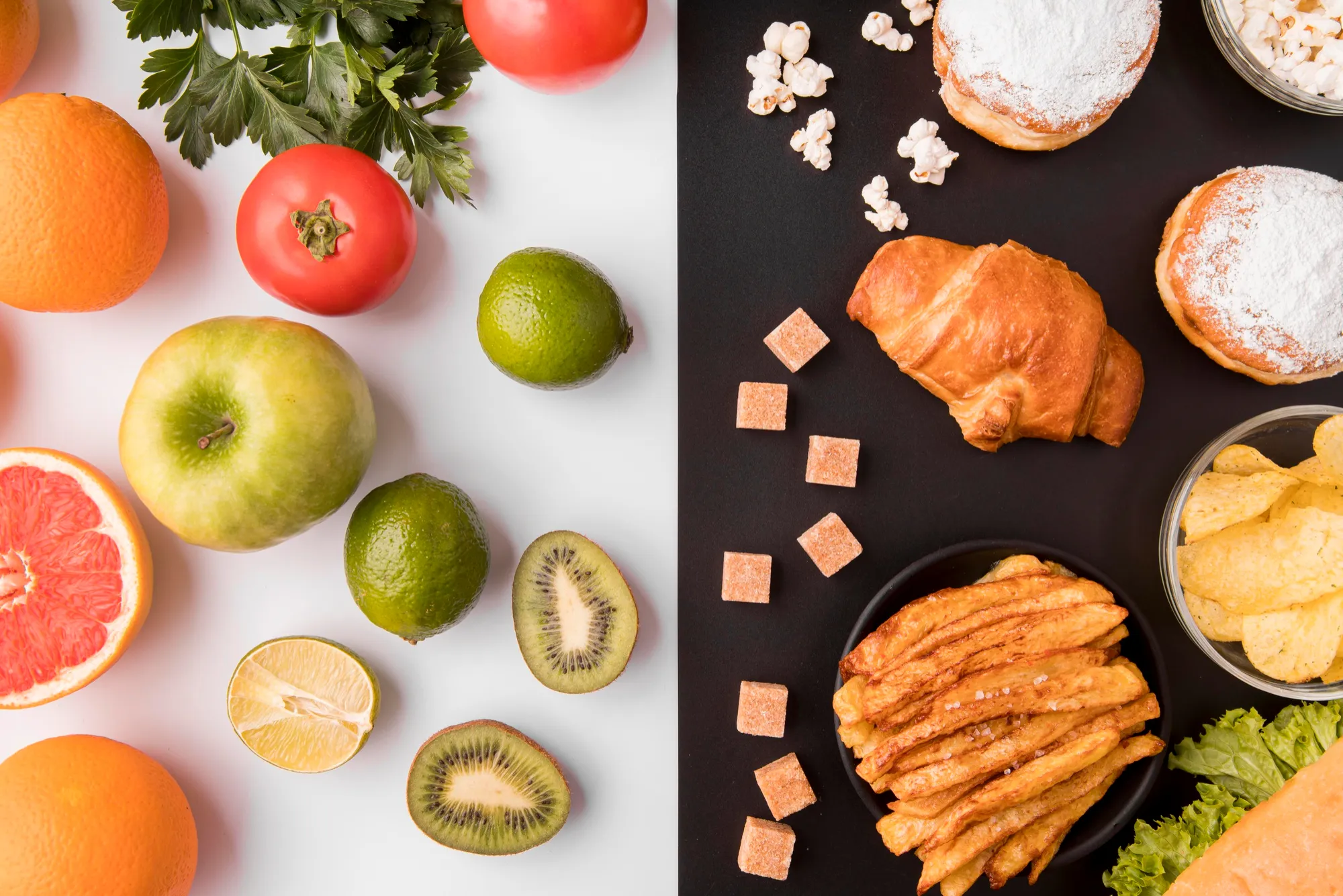Introduction
The world of food science and technology is buzzing with the arrival of a groundbreaking organogel developed from coconut oil enriched with the nutritional benefits of polyunsaturated fatty acids from fish oil. As obesity and cardiovascular diseases continue to plague global health, the need for healthier fat substitutes has become paramount. The recent study published in the “Journal of Oleo Science” outlines the successful innovation of a low-calorie organogel boasting not only improved health profiles but also functional properties desirable in food products. This elaboration will address the intricacies of the study, its potential impact, and place the spotlight on the future of food technology.
Modifying Coconut Oil for Enhanced Health Benefits
Coconut oil’s popularity for its medium-chain saturated fatty acids has seen a surge but not without criticism due to the potential adverse effects on cholesterol levels. To address this concern, researchers have modified the oil at the sn-2 position, integrating polyunsaturated fatty acids sourced from fish oil. This enzymatic trans-esterification not only boosts the oil’s health profile by tapping into the acclaimed benefits of fish oil, including improved heart health and anti-inflammatory properties, but it also tackles the pressing issue of sustainable and health-conscious food sources.
Creating the Optimal Organogel
The paradigm shift toward functional and health-promoting food ingredients catches wind with the creation of this organogel. The process involves the use of natural gelators, γ-oryzanol and β-sitosterol, to structure the modified coconut oil into a gel-like consistency. Various combinations of these gelators and modified coconut oil concentrations were tested to analyze the thermal, rheological, and textural properties, including microstructures of the resulting organogels.
Effect of Gelators on Organogel Properties
The presence of γ-oryzanol and β-sitosterol played a pivotal role in determining the qualities of the organogels. An optimal ratio of γ-oryzanol to β-sitosterol was found to be 6:4. This combination ushered in enhanced texture properties, a high melting point, and significant enthalpy change—features that closely mimic that of crystalline structures found in traditional fat-based substances.
Notably, adding these gelators increased the hardness, solid fat content, and oil-binding capacity, propelling the organogels into a promising alternative to fats used in food products. The study unearthed the revelation that the best-conditioned organogel also behaved like a pseudoplastic fluid, demonstrating favorable properties for processing and consumption.
Advancing Rheology and Crystal Morphology in Food Texturizers
Understanding the rheological properties and crystal morphology is fundamental in food technology. It determines how ingredients behave under different conditions and, ultimately, the consumer experience. The organogel’s behavior adhering to the power law equation indicates its superior quality in maintaining a solid state under stress. This discovery is momentous, as it suggests a potential replacement for traditional saturated fats in various culinary applications, spanning from baking to confectionery.
Furthermore, the gel’s structure, characterized by clusters forming a robust three-dimensional network, hints at the future benefits of the product’s stability and texture. The prospect of a healthier fat that doesn’t sacrifice mouthfeel or structural integrity tantalizes the industry and consumers alike.
Implications and Future Research
The organogel’s development heralds a new era in low-calorie, nutritious fat alternatives. Not only does it confront the health issues linked with saturated fats, but it also aligns with the growing demand for food sustainability and functional nutrition. Additional research into the long-term health effects and consumer acceptance of these organogels could cement their position as a staple in food processing.
Challenges like scale-up production, cost-effectiveness, and regulatory approvals remain. Yet, the collective effort of food scientists and industry stakeholders may soon overcome these hurdles. The symbiosis between nutrition and food science continues to lay the groundwork for innovative solutions that prioritize consumer health without compromising on quality or taste.
Conclusion
The study’s success in developing a low-calorie organogel from sn-2 position-modified coconut oil rich in polyunsaturated fatty acids stands as a testament to the relentless pursuit of healthy and sustainable food technology. As global diets evolve and food science advances, such innovations could play a crucial role in shaping the food industry’s future, making it more nutritious, environmentally friendly, and consumer-centric.
References
1. Jiang, Z., Gao, W., Du, X., Zhang, F., & Bai, X. (2019). Development of Low-calorie Organogel from sn-2 Position-modified Coconut Oil Rich in Polyunsaturated Fatty Acids. Journal of Oleo Science, 68(5), 399-408. DOI: 10.5650/jos.ess18210
2. De Greyt, W., & Kellens, M. (2019). Technology and applications of trans-esterified oils. In Lipid Technology and Applications (pp. 89-111). Marcel Dekker Inc.
3. Martins, A. J., Cerqueira, M. A., Souza, B. W. S., Avides, M. C., & Vicente, A. A. (2011). Structuring of edible oils by alternatives to crystalline fat. Progress in Lipid Research, 50(4), 352-373. DOI: 10.1016/j.plipres.2011.04.002
4. Sato, K. (2001). Crystallization behavior of fats and lipids—A review. Chemical Engineering Science, 56(7), 2255-2265. DOI: 10.1016/S0009-2509(00)00433-2
5. McClements, D. J. (2018). Edible Nanoemulsions: Fabrication, Properties, and Functional Performance. Soft Matter, 7(6), 2297-2316. DOI: 10.1039/C0SM00549E
Keywords
1. Low-calorie organogel
2. Modified coconut oil
3. Healthy fat substitute
4. Polyunsaturated fatty acids
5. Food technology innovation
